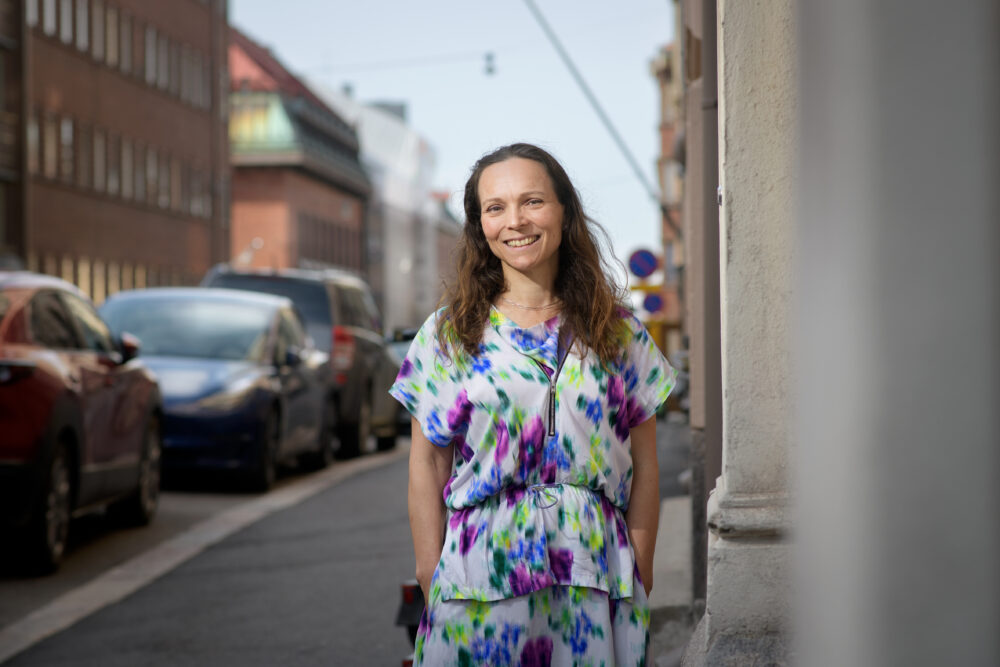Economic models are evolving in line with sustainable development goals. The circular economy is one of the key solutions to sustainability challenges, offering new opportunities for business growth. Its principles include efficient resource use, material recycling, and extending the lifecycle of products and buildings. Outi Toivanen, sustainability expert at the Helsinki Region Chamber of Commerce, highlights the opportunities the circular economy presents for municipalities.
By embracing the circular economy, businesses can optimize raw material consumption, create jobs, and offer products and services that attract customers, even in international markets. Artificial intelligence and new innovations are rapidly transforming economic structures, and at their best, they support circular economy goals.
In the EU, sustainability regulations are tightening continuously, making it easier for circular economy businesses to access funding. This incentivizes companies to develop more sustainable and long-term business models.
For the circular economy to thrive, the reuse and recycling of raw materials in construction and industry must be managed efficiently and in an environmentally friendly manner. The lifespan of existing buildings and materials should also be extended, for example, through conversions.
The Metropolitan Area Needs a Unified Circular Economy Strategy
It is crucial to maximize the local use of raw materials instead of transporting them long distances as raw materials—or worse, as waste. Currently, this is not being done effectively enough in the Helsinki region.
Major cities in the capital area have set targets and support measures, such as incubators for circular economy businesses, but a concrete, coordinated plan to guide practical implementation is missing. Initiatives like the Uusimaa Circular Valley project have developed effective models and best practices, offering valuable insights for drafting a strategic circular economy plan.
A well-functioning infrastructure also supports the circular economy. For example, completing Ring Road IV would facilitate the smooth regional transport of materials and reduce logistical bottlenecks.
Additionally, municipalities should further incentivize businesses to adopt sustainable practices by offering sustainability-based competitive advantages in land allocation, supporting the commercialization of circular economy innovations, utilizing public procurement to drive sustainable solutions, and strengthening collaboration with educational institutions.
For the upcoming municipal elections, the Helsinki Region Chamber of Commerce proposes that municipalities in the Helsinki metropolitan area strengthen their cooperation in promoting the circular economy by developing a joint circular economy strategy in close collaboration with the business sector.
This article was translated with AI. You can find the original from here.




